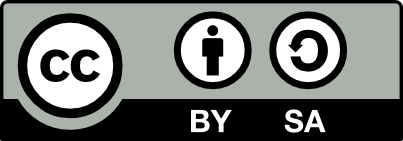Archives
International Journal of Zoology and Applied Biosciences Research Article

Macroinvertebrate diversity in a subtropical high-pressure zone (SHPZ) man-made lake: Goreangab Dam, Windhoek, Namibia
E. Omoregie and S. Ngatajosi
Year : 2020 | Volume: 5 | Issue: 6 | Pages: 274-282
Received on: 09/13/2020
Revised on: 10/11/2020
Accepted on: 10/13/2020
Published on: 12/04/2020
-
E. Omoregie and S. Ngatajosi( 2020).
Macroinvertebrate diversity in a subtropical high-pressure zone (SHPZ) man-made lake: Goreangab Dam, Windhoek, Namibia
. International Journal of Zoology and Applied Biosciences, 5( 6), 274-282.
-
click to view the cite format
Abstract
This research investigated the diversity and distribution of macro invertebrate assemblages of a sub-tropical high-pressure belt man-made lake, the Goreangab Dam, in Windhoek, Namibiain order to develop a respective index of biotic integrity as a baseline of determining and monitoring the health status of the dam. Macro invertebrates samples were collected biweekly, over a period of two months (August and September 2019) from 8 stations along the bank of the dam. Collected macroinvertebrate samples were sorted live, counted and identified to the lowest taxonomic level possible. The Shannon Weiner index (H'), Simpson’s index (D) and Pielou Evenness index (J’) were used in analysing macroinvertebrates diversity. A total of nine different macroinvertebrate species belonging to different orders were recorded during the sampling period. Chironomus plusmosus (larvae) had the highest composition (19%) and Arctocorisa arguta with the lowest composition (6%). Anthropogenic activities have a huge impact on the distributions of the macroinvertebrate assemblages according to the tolerance of water pollution. The fact that the C. plusmosus (larvae) are the highest in composition shows that the water body is unhealthy and at this stage only supports the life of species that are tolerant to water pollution.
Keywords
Ecological modelling, Macroinvertebrate diversity, Man-made lake, Water quality.











